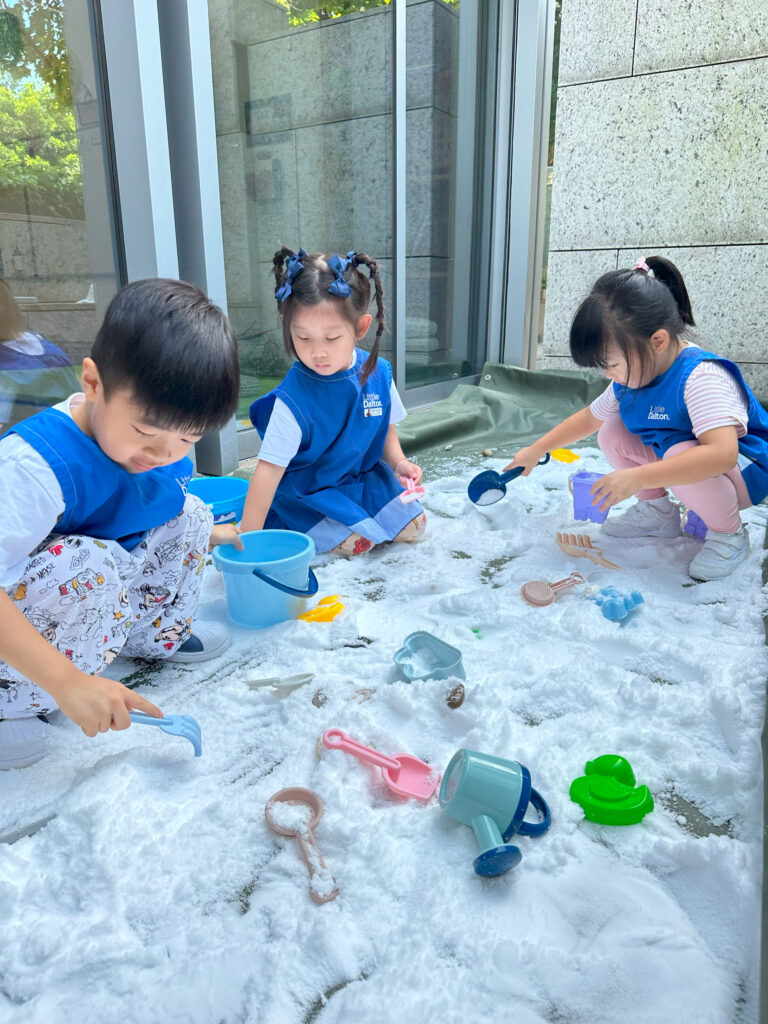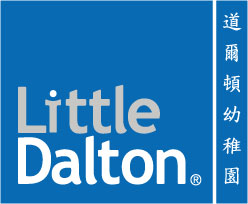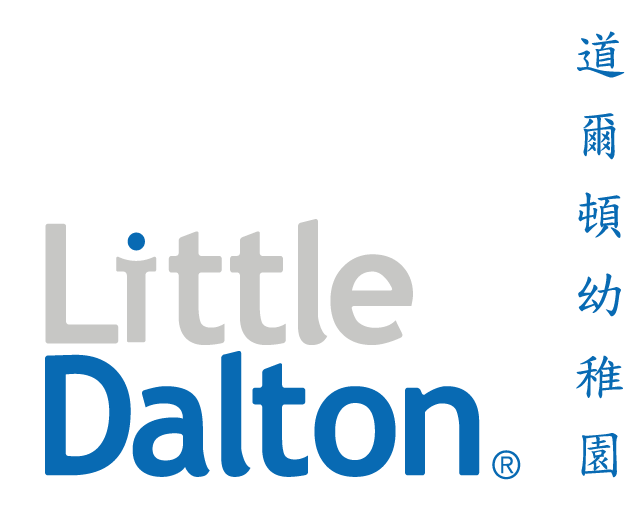The Dalton
Plan
Overview
The Dalton Plan is a progressive educational model created by Helen Parkhurst in the 1920s in Dalton, Massachusetts, USA. The original school founded by Parkhurst, now called The Dalton School, located in New York, is one of the top fifteen prep schools in the U.S., with an average of 30% of students accepted into lvy League universities, Stanford University, and MIT. Due to the uniqueness and success of the Dalton Plan, Parkhurst has received numerous awards and recognition from the governments of China, Netherlands, Japan, Denmark, and more.
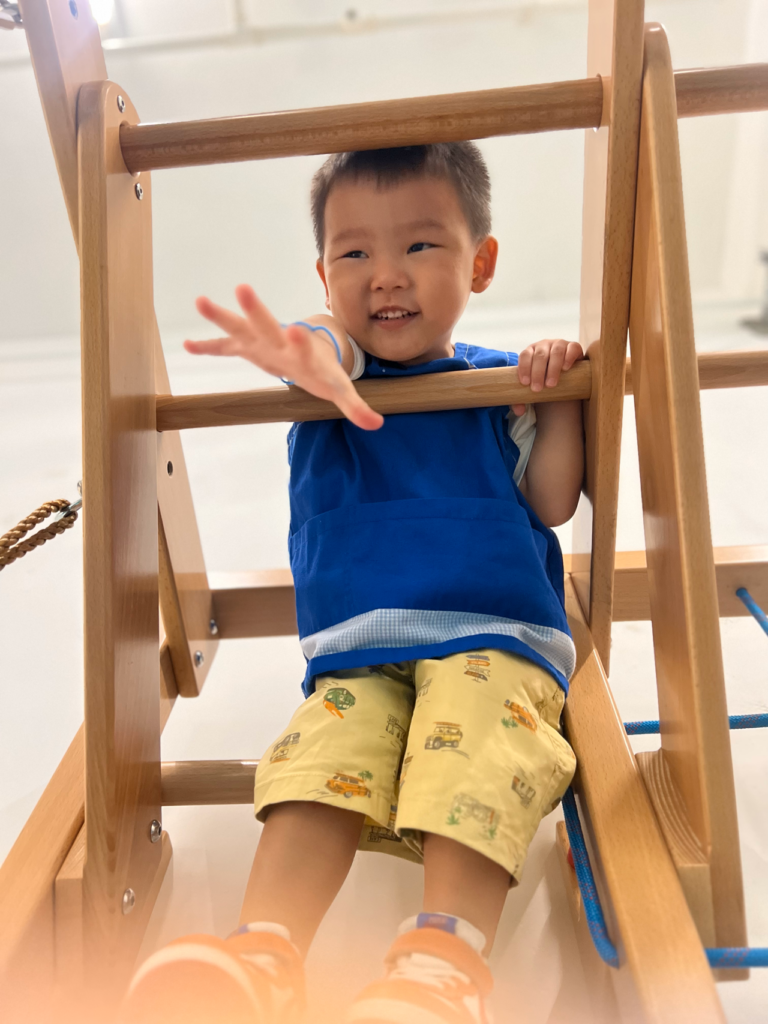
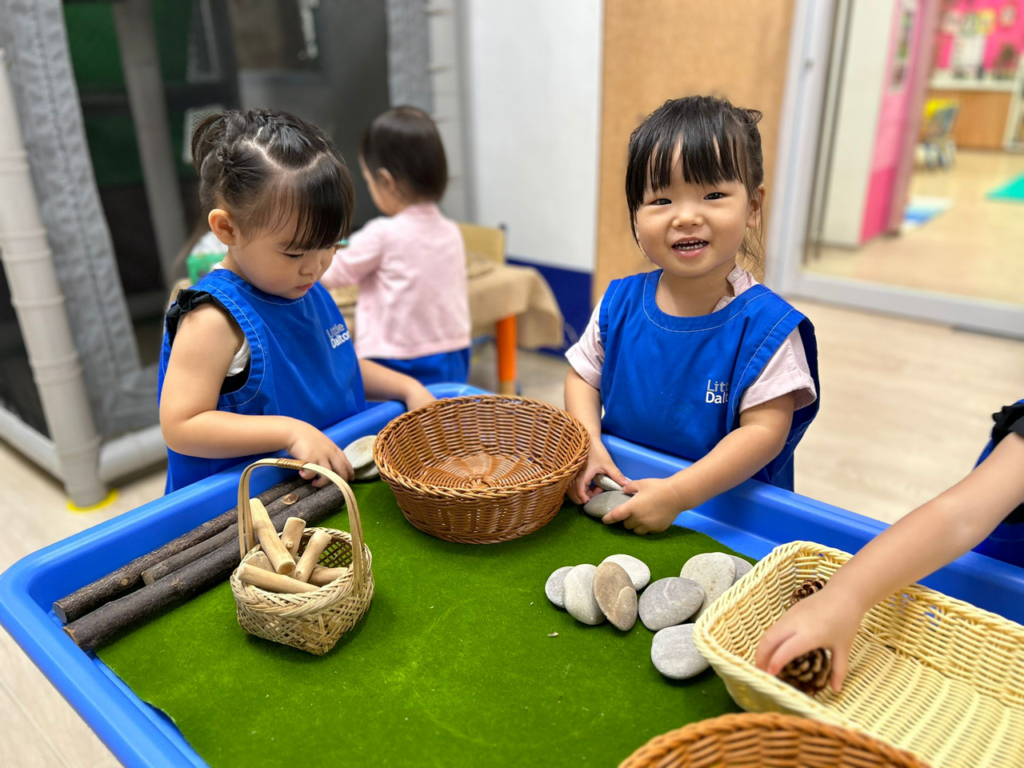
She was also decorated by the Queen of Italy, Empress of Japan, and the Queen of the Netherlands. The Dalton Plan is now implemented in over 200 schools around the world, including some of the most elite schools.
The Dalton Plan is based on Parkhurst’s strong belief that whenever children are given responsibility for their learning, they instinctively seek the best way of achieving it and execute their decisions with focus and rigor, leading to success.
Based on this belief, the objectives of the Dalton Plan, as defined by Parkhurst and by The Dalton School in Manhattan, are:
- To tailor each student’s program to his or her needs, interests, and abilities;
- To promote both independence and dependability; and
- To enhance the student’s social skills and sense of responsibility toward others.
To achieve these objectives, Parkhurst developed a three part model which reorganizes education from teacher-centred to more child-centred, transferring critical learning responsibilities from the teacher to the child. These three parts, namely the House, the Assignment, and the Laboratory, form the critical, structural foundation of a Dalton Education. Through these three parts, the teachers and the students work together towards individualized goals that develop the mind, the body, and the spirit.
The House
Under The Dalton Plan, each student belongs to a smaller community, the House, within the larger school. The House is a group where each child would learn, under the care of the House teacher, the skills needed to be a successful part of the group. The House is the home base for each Dalton student. The House teacher guides, coaches, and assists the students, developing a close supporting relationship with the students and the parents belonging to his or her House.
Organization of the House and function of the House teacher both change as students mature. At kindergarten age, House comprises of students of the same age. House teachers are key classroom teachers. During House, lessons will take place. Kindergarten age students need more structures and routines, hence the lessons are the more traditional classroom exercise, more teacher initiated and directed, designed to convey key information and ideas. Time is spent on direct instruction, delivering and explaining the content and skills that are basic and fundamental. House sizes are small (teacher to student ratio maximum 1:8 in pre-K to K-2) to ensure individual attention and flexibility. As children progress into primary and later to high school, the House Teacher will act more as a guiding counsellor than a classroom teacher.
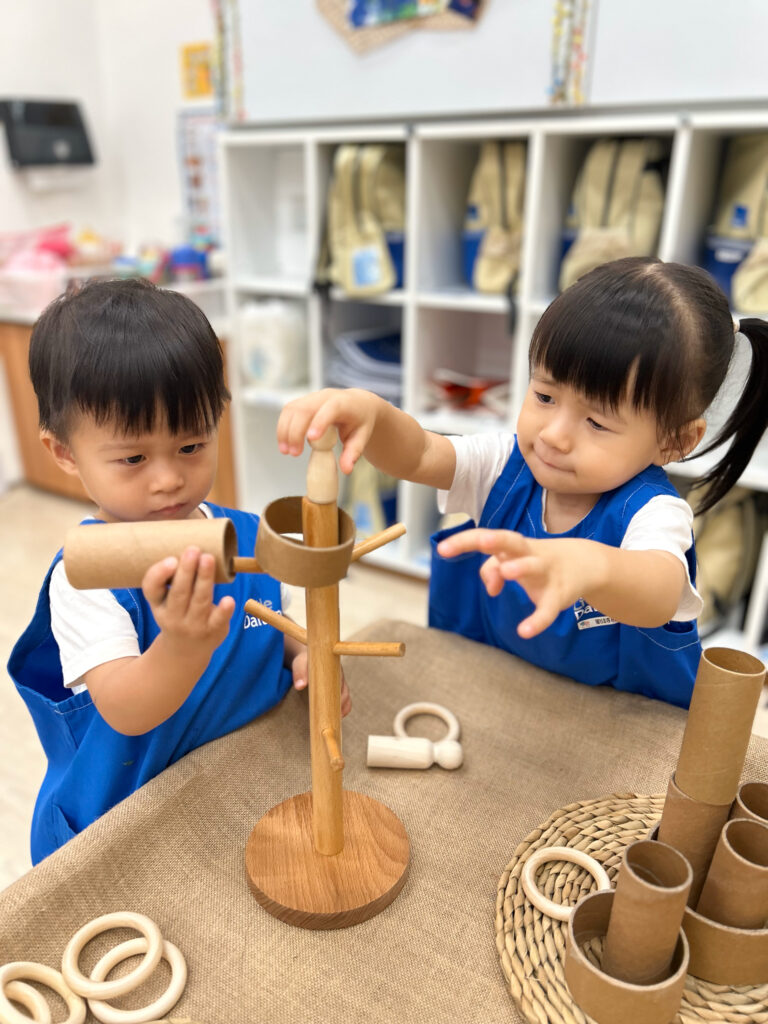
The Assignment
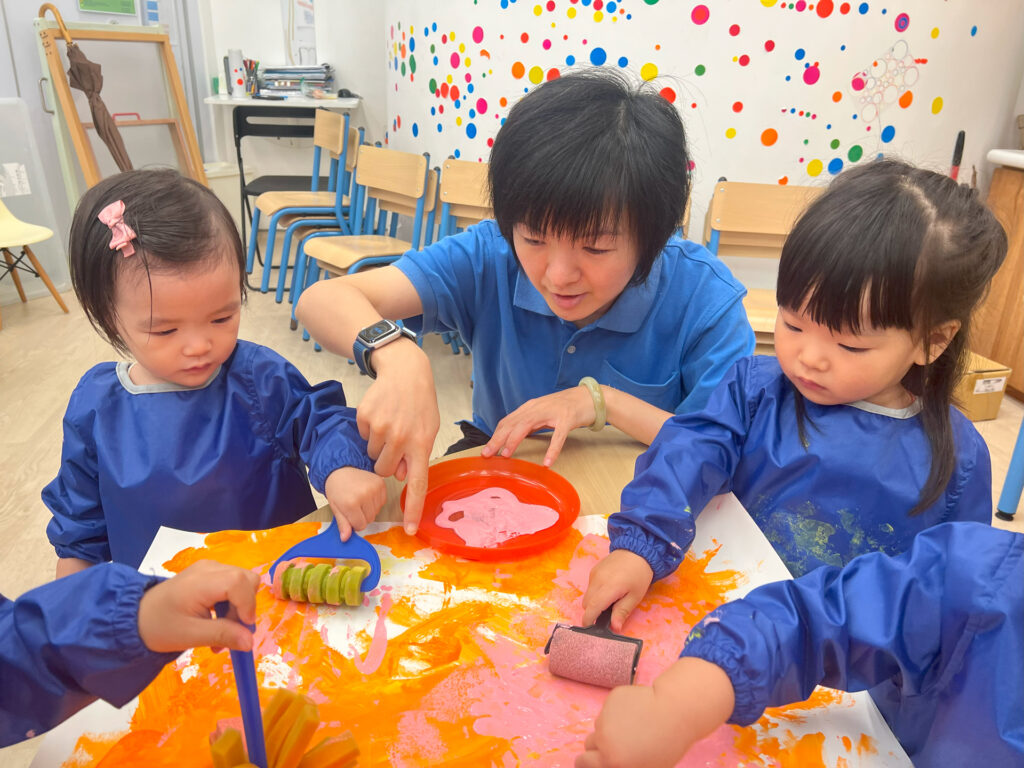
The Assignment is effectively a learning contract between the student and the teacher, defining work that a student is required to finish within an agreed timeframe. Dalton Assignment is uniquely structured and designed to:
- Explain to students the big picture and the purpose of the work;
- Be interdisciplinary whenever possible to allow children to see knowledge as linked instead of independent school subjects
- Provide sufficient support in terms of guiding questions, research suggestions, and well-defined milestones and deadlines;
- Allow tailoring to individual interests, strengths, and needs; and
- Promote the internalisation and refinement of time-management and organisational skills.
The concept of assignment will be introduced at Little Dalton in K1 and increases in centrality in primary school and becomes the focus of work in high school.
The Laboratory (Lab)
Lab time is the time during the weekly schedule for the students to work with their teachers individually or in small groups. This is the time for inquiry, direct experience, and collaboration. The time can be used to complete assignments, pursue topics of interest, or remediate learning. Such time is called lab because, as Helen Parkhurst explained, it is for the students to “experiment and be free to work on their jobs”, not for them to be “experimented upon”.
In high school, students are given a significant degree of freedom and independence on how to structure their lab time in order to complete their assignments and other learning goals. Experience and research indicate that by allowing students to take responsibility of their own learning, they develop not just time management skills and independence, but internal motivation driven by the satisfaction and autonomy of such responsibility. At Little Dalton, students are introduced the concept of Lab as they are ready. Step by step, they are presented with opportunities to make educational choices about their learning and in the process discover how to identify their interests and take responsibility for pursuing them.
